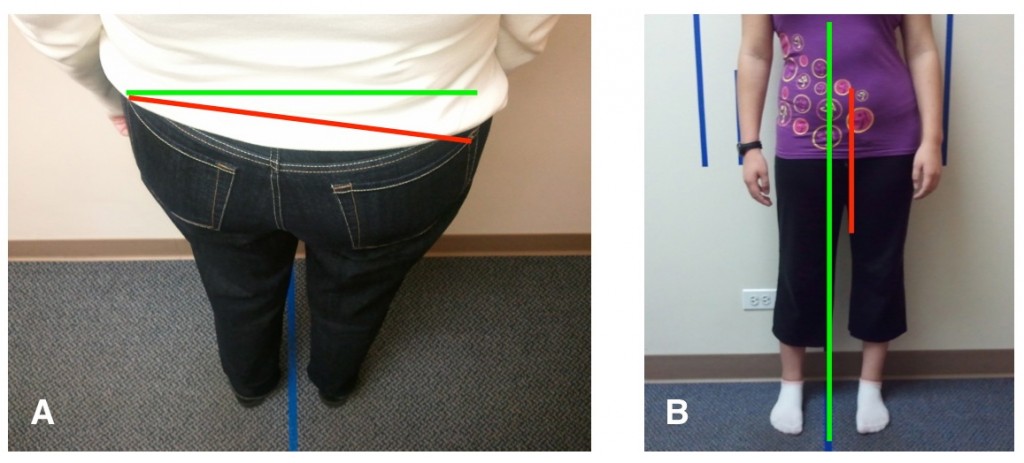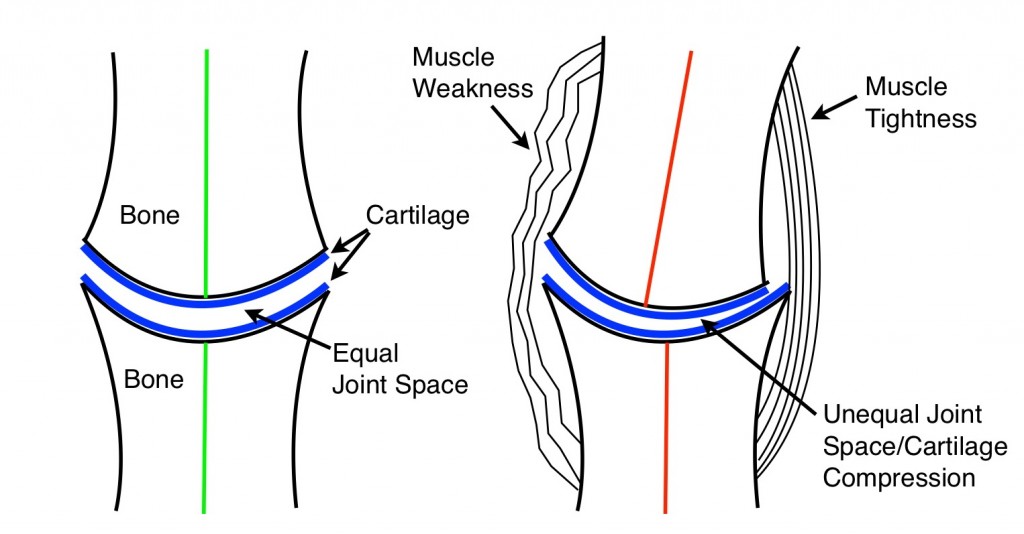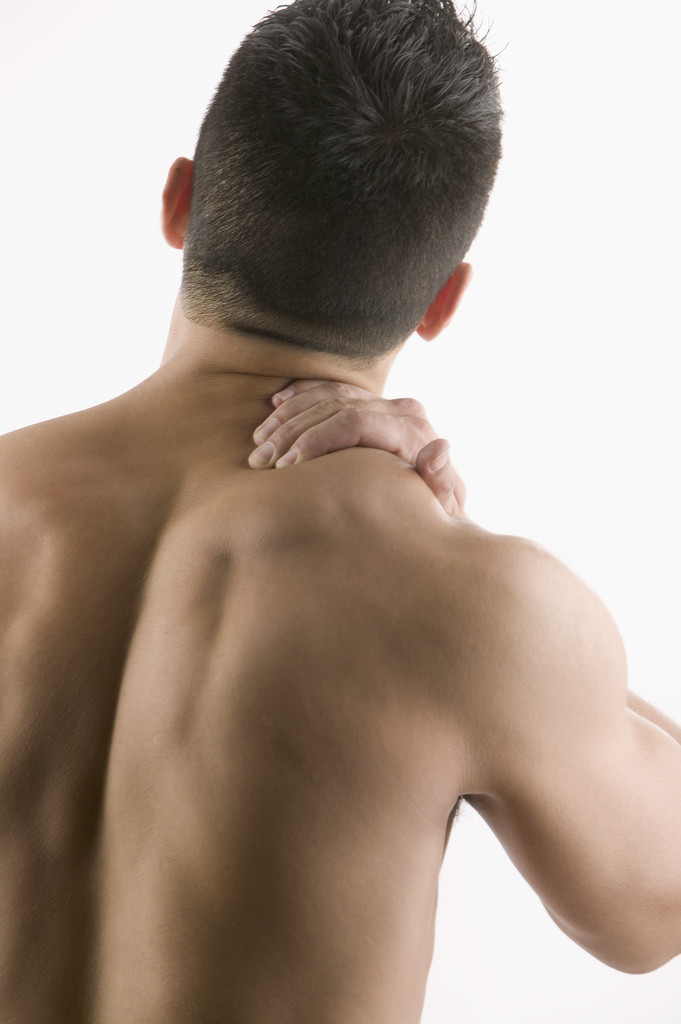
What Orthopedic Surgeons Do Not Fix When They Perform Hip and Knee Replacements
A new knee or hip can be a life-changing event for many people suffering from the painful effects of arthritis, joint weakness and instability. Although these people are getting new joints, there are several issues that the orthopedic surgeon does not address that led up to the joints wearing out in the first place. In fact, many of these issues are still present after the surgery and can lead to further problems down the road.
There are several reasons why hips and knees wear out in some people and eventually need to be replaced. Many people like to blame age as a factor. If that were the case, wouldn’t everyone’s joints wear out equally? It is usually one or more joints that weakens and wears down, not all of them.
Here are the 4 most common reasons why joints wear out and develop arthritis:

- Posture Distortions (poor posture) from various traumas, injuries, or working, sitting, or sleeping in a bad posture for extended periods of time. This results in increased joint pressure (like smashing a grape), joint twisting (like wringing out a sponge), or joint shearing (like rubbing sandpaper on wood) causing them to wear out over time.
- Loss of Joint Alignment and Flexibility causes joints to not “line up” properly when you move which leads to cartilage thinning, joint space narrowing and a joint that may eventually become “bone on bone.”
- Muscle Weakness and Tightness that occurs around joints causes the joints to suddenly shift out of place (a “pop” or click is commonly heard) leading to further joint wear and tear over time.
- Eating Inflammatory Foods causes a buildup of damaging arachidonic acid in joints which leads to erosion and decay of joint cartilage.
If you have these 4 joint damaging factors in place, wear and tear will eventually grind down one or more of your joints leading to arthritis, pain, disability and the possibility of joint replacement. If you have already had a joint replacement, you likely have one or more of these damaging factors that is still making your joints “weak.”

Solutions That Are Resolving Knee Pain
These are the 4 “joint factors” we assess and address with chiropractic treatment and that is why chiropractic is at the forefront of preventing, slowing down and effectively treating the painful and debilitating effects of arthritis. With this unique and different approach, we help people everyday with painful, arthritic joints, including people who have already had a joint replacement. If you or someone you know is suffering from a painful joint or would like to be checked following a hip or knee replacement, contact our office to see if we can help.


